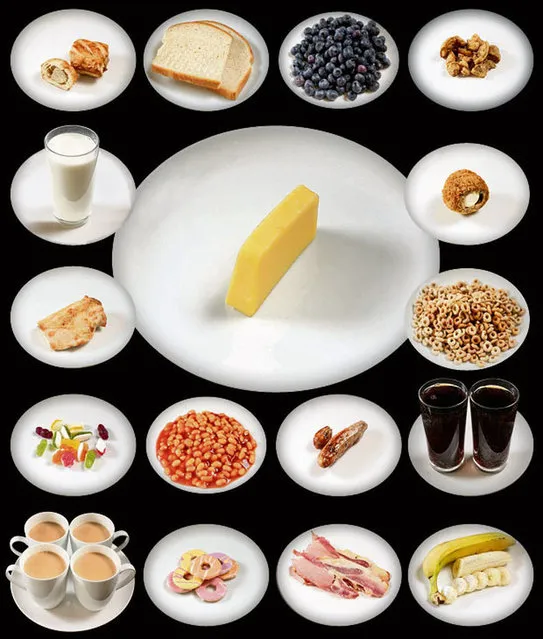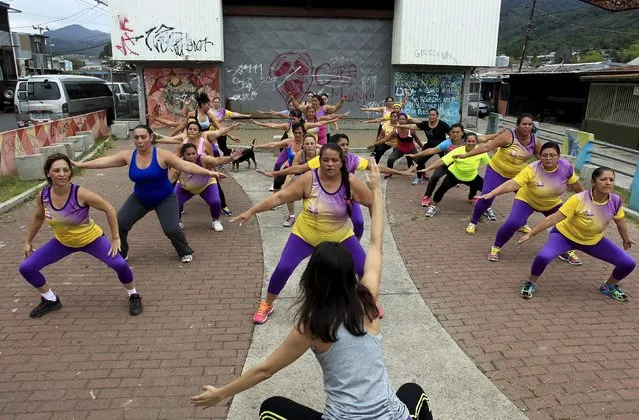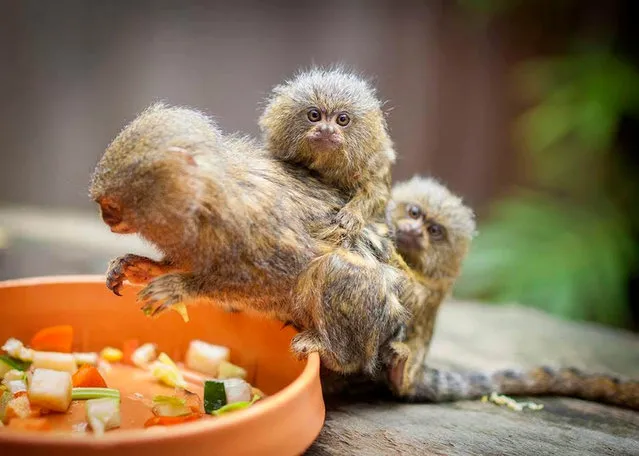
“Sasha Grey (born Marina Ann Hantzis on March 14, 1988) is an American former pornographic actress, who has since turned to mainstream acting, modeling and music. Early in her adult film career, she was profiled by several popular culture magazines and television programs. She won several AVN Awards between 2007 and 2010, and has also been featured in music videos and advertising campaigns. After her mainstream feature film debut as the lead in Steven Soderbergh's The Girlfriend Experience, she shifted her focus to acting, starring in the black comedy/horror film Smash Cut as April Carson, as well as having a supporting role in season 7 of HBO's Entourage. She has also appeared in independent films Quit, The Girl from the Naked Eye, and Mark Pellington's I Melt With You”. – Wikipedia
Photo: Actress Sasha Grey arrives at the premiere of “127 Hours” at the Academy Of Motion Picture Arts and Sciences Samuel Goldwyn Theater on November 3, 2010 in Beverly Hills, California. (Photo by Jason Merritt/Getty Images)
Photo: Actress Sasha Grey arrives at the premiere of “127 Hours” at the Academy Of Motion Picture Arts and Sciences Samuel Goldwyn Theater on November 3, 2010 in Beverly Hills, California. (Photo by Jason Merritt/Getty Images)
12 Apr 2011 11:42:00,post received
0 comments







